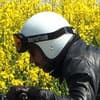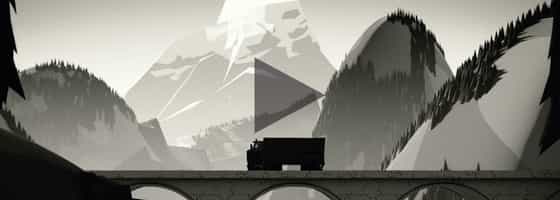And the second step?
After modelling the insect’s perspective a bit, we started to put more than six hundred frames in motion. Each of these frames contains characters and backgrounds that were drawn over and over again so as to achieve the necessary sensation of dynamic movement for the insect.
Where did you get inspired to create that movie?
It is vital for our future that we use recycled materials to produce new things, and we need to popularize this idea as much as possible. The aim of our work is to promote this and to show the importance of the cycle of elements. This is represented in the film through subtle spirals, among other things.
What was your technique?
My technique was traditional animation, created frame by frame.
How long did you work on the project?
It is difficult to say precisely how long it took to create it. During the first stage, we were only working on it sporadically. With that in mind, I would say two months; maybe a few days more. But no man is an island: I have my talented friends working with me and we are a fifteen-person team, more or less.
Which were the biggest challenges?
Traditional animation is a really difficult process. The six hundred frames have to go through several stages before we are able to start the coloring phase. Also, each frame depends on the preceding and following ones to work properly. In this case, the challenge was to put a team of six animators to work on a single piece. We also had to make it possible for them to work simultaneously in order to optimize our use of time, especially considering that the whole story is told in a sequence shot.
Which is your favorite part of your film?
I am particularly proud of the moment in which two of the characters put the tarp into the washing machine. For a second, that part enables me to forget about all the mistakes and unnecessary details.


